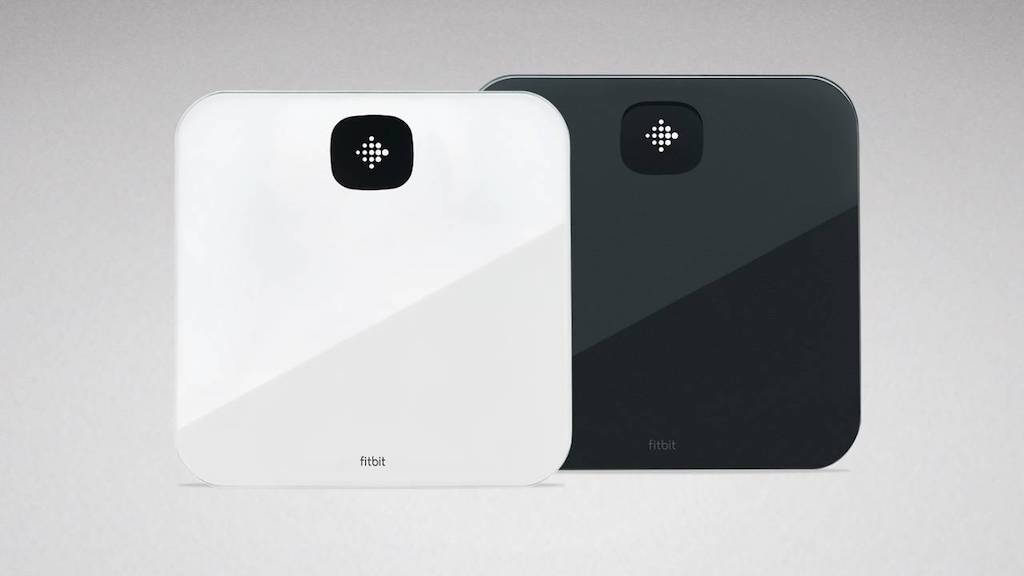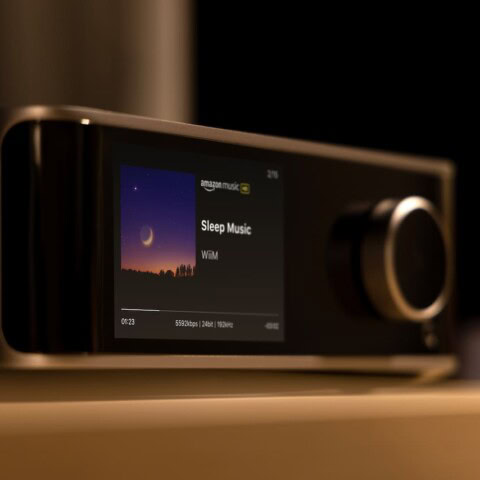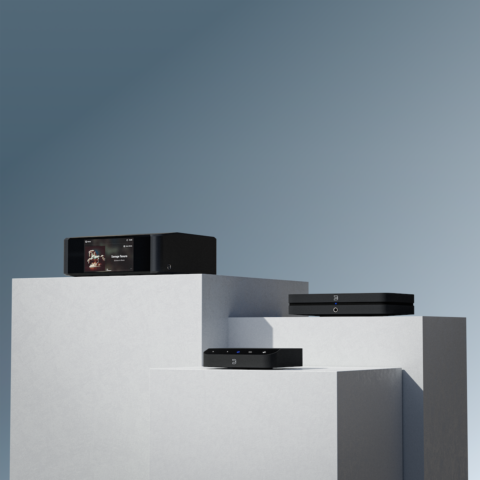M2Tech Joplin Mk III Analogue-To-Digital Converter REVIEW
Summary
M2Tech Joplin Mk III Analogue-To-Digital Converter REVIEW
High-end Italian hi-fi company M2Tech has a range of esoteric equipment with rock star names. RICHARD VAREY reviews one named after Janis Joplin, and it turns out to be a superb and surprising product.
$4295
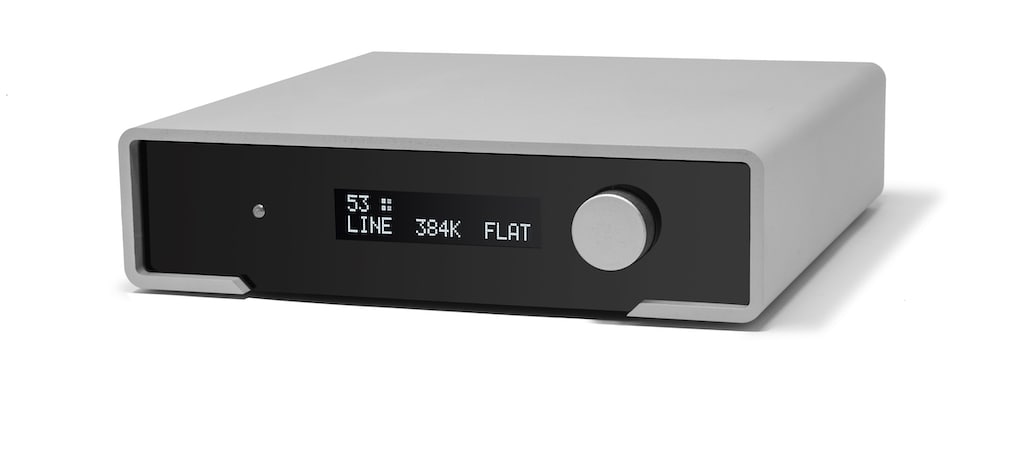
It might seem gimmicky having your gear named after rock stars, but M2Tech is anything but. Yes, they’ve got gear named after Crosby, Stills Nash & Young, as well as (Bob) Marley, Van der Graaf (Generator) and (Joni) Mitchell, but it’s the gear itself that’s the most surprising.
If you know the sound of the M2Tech Nash phono preamplifier, then you don’t need my comments to encourage you to try the Joplin. And if you need a very high-quality integration of an analogue source into your digital system, or want to ‘rip’ your records to high-resolution digital files (up to 384 kHz 32-bit via USB!), then this product is a serious and appealing contender for the job. And it’ll bridge a digital source to a PC. It can be a ‘transparent’ phono stage, too.
I’ve auditioned a range of phono stages over the past year or so, both solid state and valve, including one with digital signal processing, and I reviewed the M2Tech Nash at TNT-Audio, and kept it in my system, currently amplifying a Sumiko Pearl with JICO SAS Stylus 1 upgrade, with exceptional results.
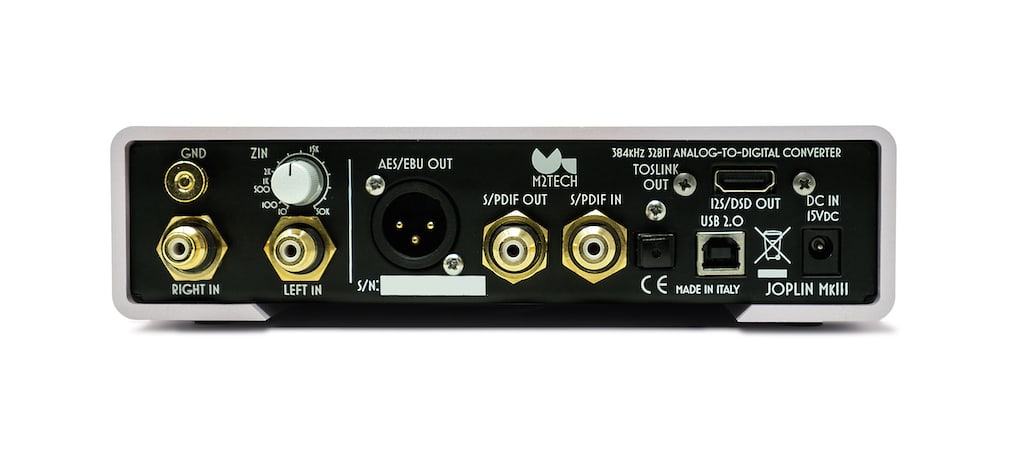
The M2Tech Joplin Mk III appealed to me as a high-resolution ultra-low noise/distortion analogue-to-digital convertor (384kHz 32-bit, 122 dB S/N) for recording music from old records into digital files. Once I had one to try out, it was plain that it was much more. There are analogue-to-digital converters available for ripping LPs from a few hundred to a few thousand dollars. But the Joplin is something else!
If analogue diehards can suspend disbelief for long enough to hear me out, I’ll relate a tale of sophisticated technology and satisfying sound quality. Is it really possible to add the benefits of digital control of sound quality and get enhanced analogue-like sound? Isn’t it simply heretical to convert an analogue phono output to a digital input that will then be translated into an analogue output? And, why do that?
Simply put, the Joplin integrates analogue sources (tape recorder, radio tuner, record player, sound mixer, etc), or a coax digital input, into a digital system via a DAC or an amplifier’s digital inputs, or a digital mixer or DAW (AES/EBU, coax, Toslink outputs). There’s a USB output for connection to a Windows, OSX, iOS, or Linux PC. It also has an I2S output that can deliver up to 768kHz PCM and DSD256. It isn’t just for transparent music playback, it’s also for high-resolution recording.
I was initially especially interested in trying the Joplin because I could use it to connect my record player to my PC and Audacity and MAGIX Audio Cleaning Lab, so that I could archive music from records to play through JRiver Media Center.
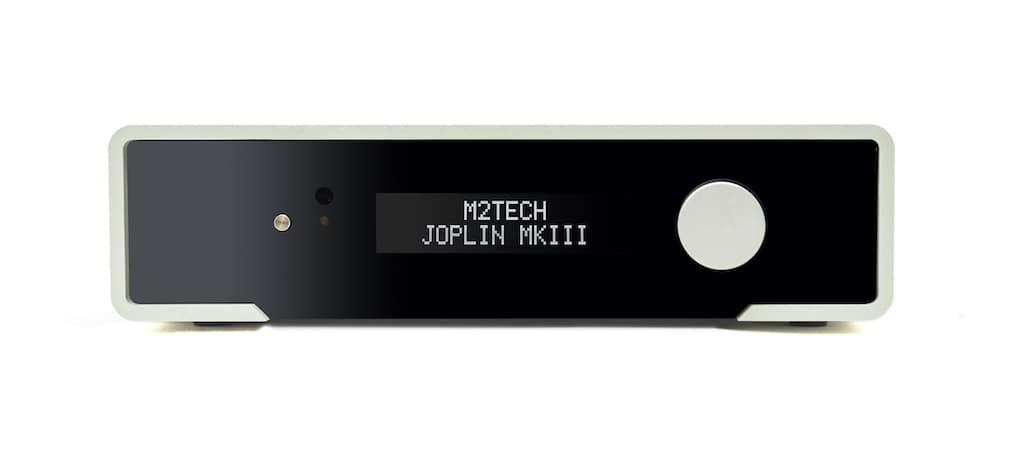
It connects a pickup cartridge to a PC. It connects a pickup cartridge output to a DAC. It provides a whole lot of equalisation options for playing records, and also for tape replay. I had thought that it applied other DSP functions, but that isn’t the case.
I connected my Sumiko Pearl with JICO SAS Stylus 1 (mounted on The Wand Plus tonearm on the Amari LP32s turntable) to the Joplin and set the load to 47k. I connected the Joplin to my PC with a Belkin USB cable, and to the Black Ice Audio Fusion DAC CD Transport coax input with a Supra TRICO-RCA 75 Ohm double-shielded coaxial digital interconnect. This allowed me to listen to records through the coax input of the DAC, and to listen to recordings on the fly (in real-time) through the USB input of the DAC.
You don’t need a separate preamplifier for a phono connection – the Joplin is a high-performance preamp and ADC, with analogue and digital input options and digital output options. Thus the Joplin is an alternative to the Nash I’ve reviewed elsewhere, for a digital system, or you can use it as a phono preamp whose performance will always exceed that of the analogue input. There is no discernable sonic character added to the vinyl sound, and the settable digital phono equalisation, providing most major record EQ curves, renders outstanding sound quality from my records. The Joplin has done a faultless job in both playing and recording records. There’s no ‘digital’ harshness, so enjoyable to use all-round, just as is the Nash.
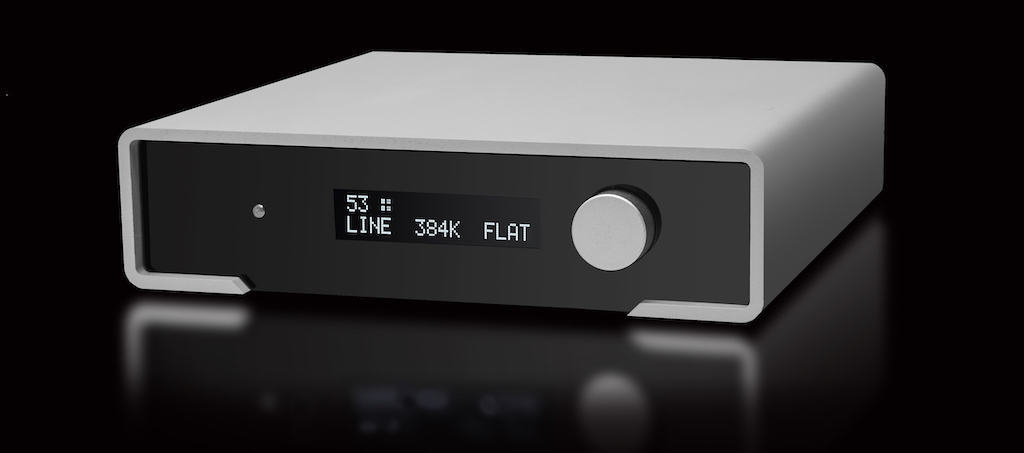
It’s designed and made in Italy by the M2Tech team led by designer Marco Manunta, and my exceptional pleasure from using their Nash phono preamplifier gave me the confidence to anticipate a fine performance from the Joplin, and it has the same form, and excellent finish and build quality as the other components in their Rockstar series.
During unpacking, I noticed that the remote control device is marked “digital-to-analogue converter”, so it’s likely common to other M2Tech units. As there is for the Nash, there’s a power adaptor upgrade, the Van Der Graaf II.
So who is the Joplin for, when the Nash does a fine job as a high-performance phono stage? Having auditioned the Nash, and found it excellent (it sells for approximately $2995), I at first wondered why there is such a very large price difference. The Joplin sells for $4295.
The substantial cost difference is due to the versatility of its input and output connection options and digital sampling options, with settable sampling frequencies and resolutions for iOS high-resolution recording, as well as the vinyl recording function, and superior ultra-low noise and distortion. Technically, this is a very special audiophile product indeed. The ability to render analogue sound without the so-called digital character, with DSD capability, and through the USB connection is pretty much unique.
As the Joplin is a fine preamplifier, you don’t need two components as with other brand model cases in which the ADC is a preamp add-on. You can set the gain up to 65 dB, and vary the impedance to match a cartridge, or if used with a phono stage, you can set the output at 0 dB gain and 47 k ohm.
For a digital converter, I would like to see the addition of a range of DSP functions – now that would be a killer product!
The box is captioned ‘Music Has Changed’. Actually, it’s listening to music that is changed by adding the Joplin to a high-performance system. I feel privileged to have been able to audition the M2Tech Joplin.







